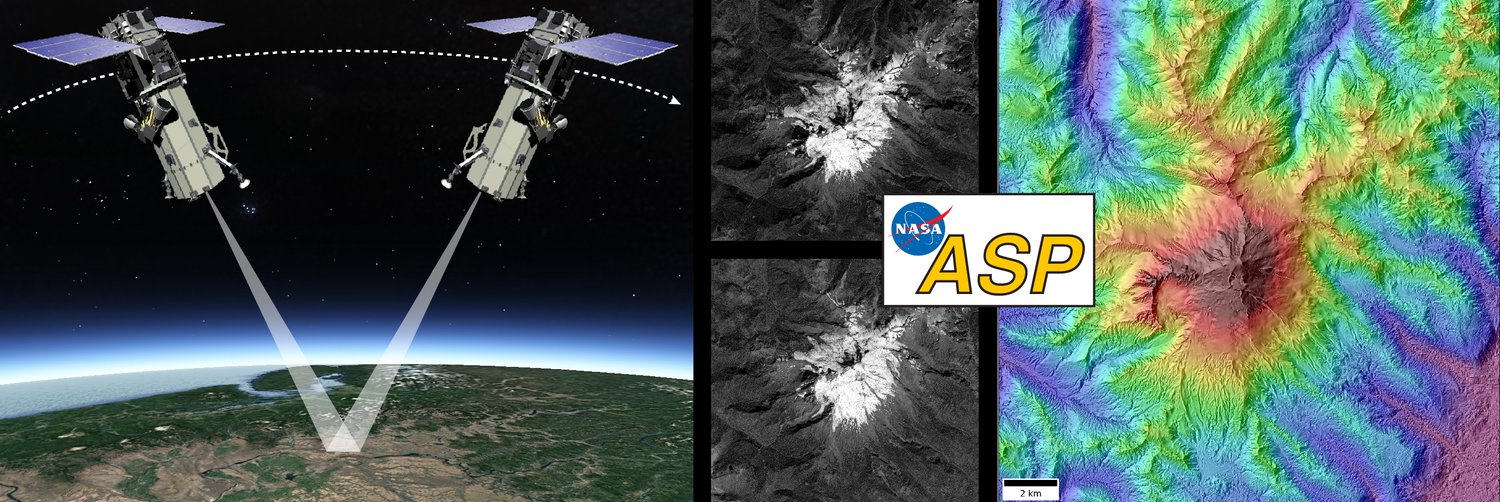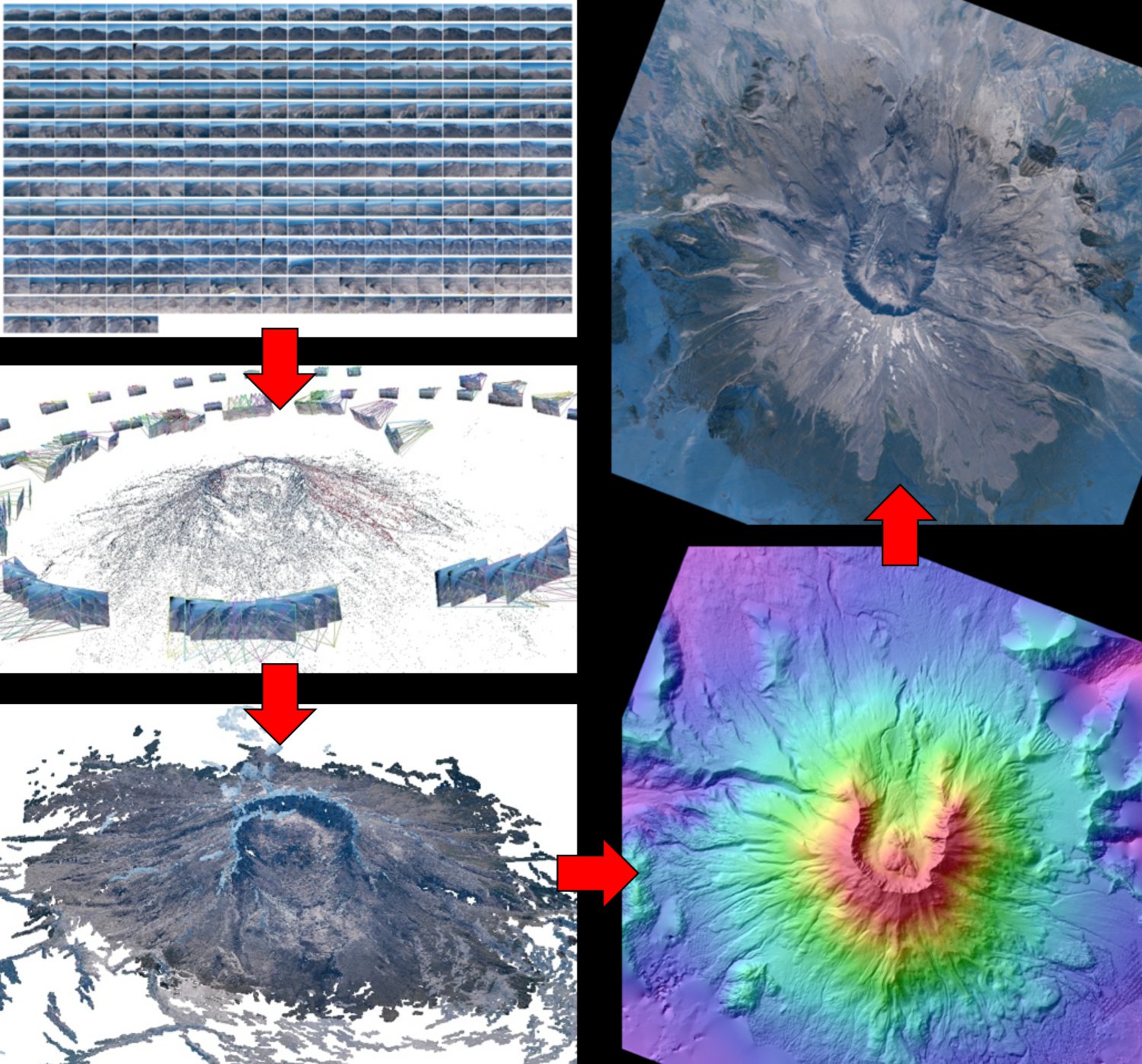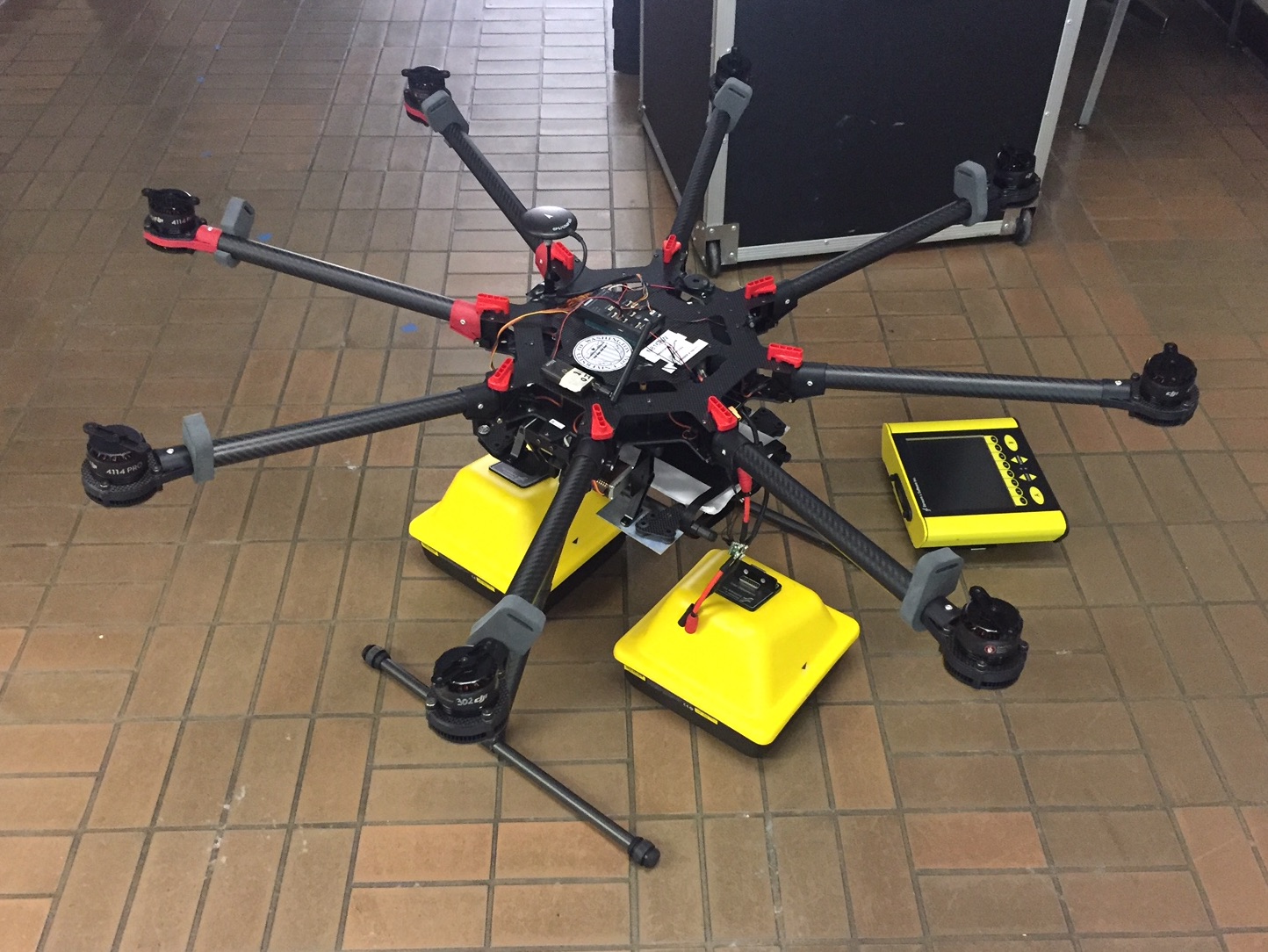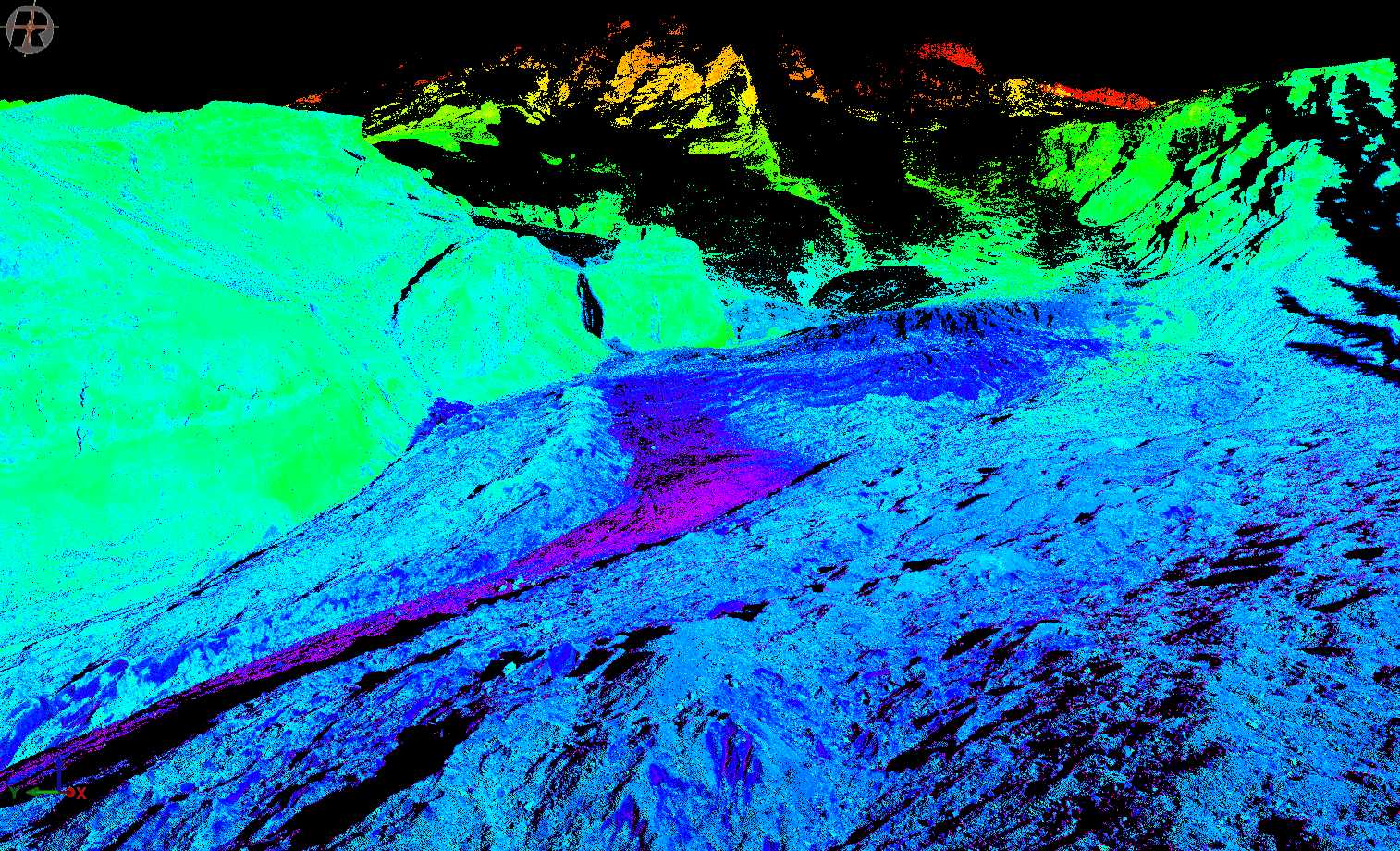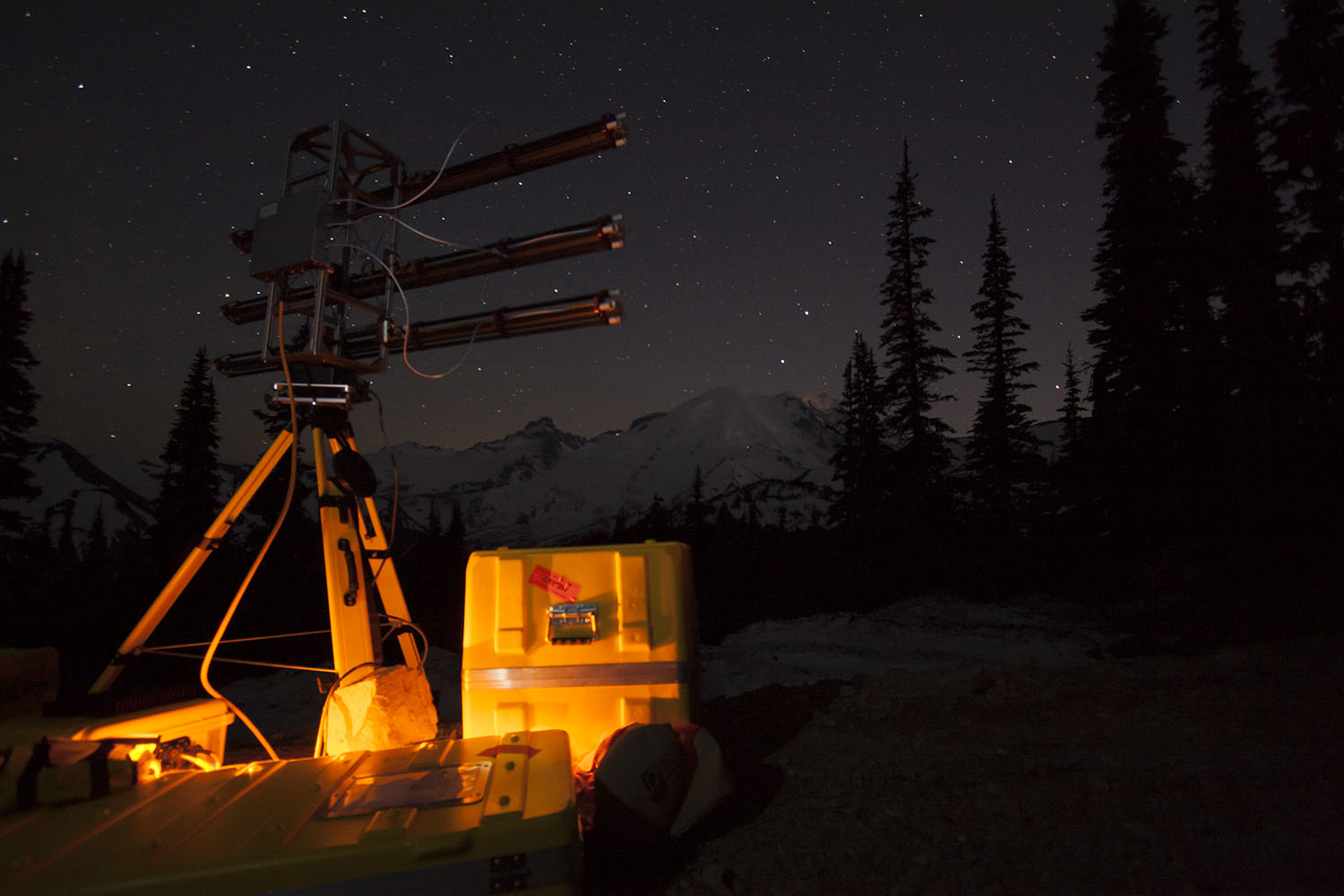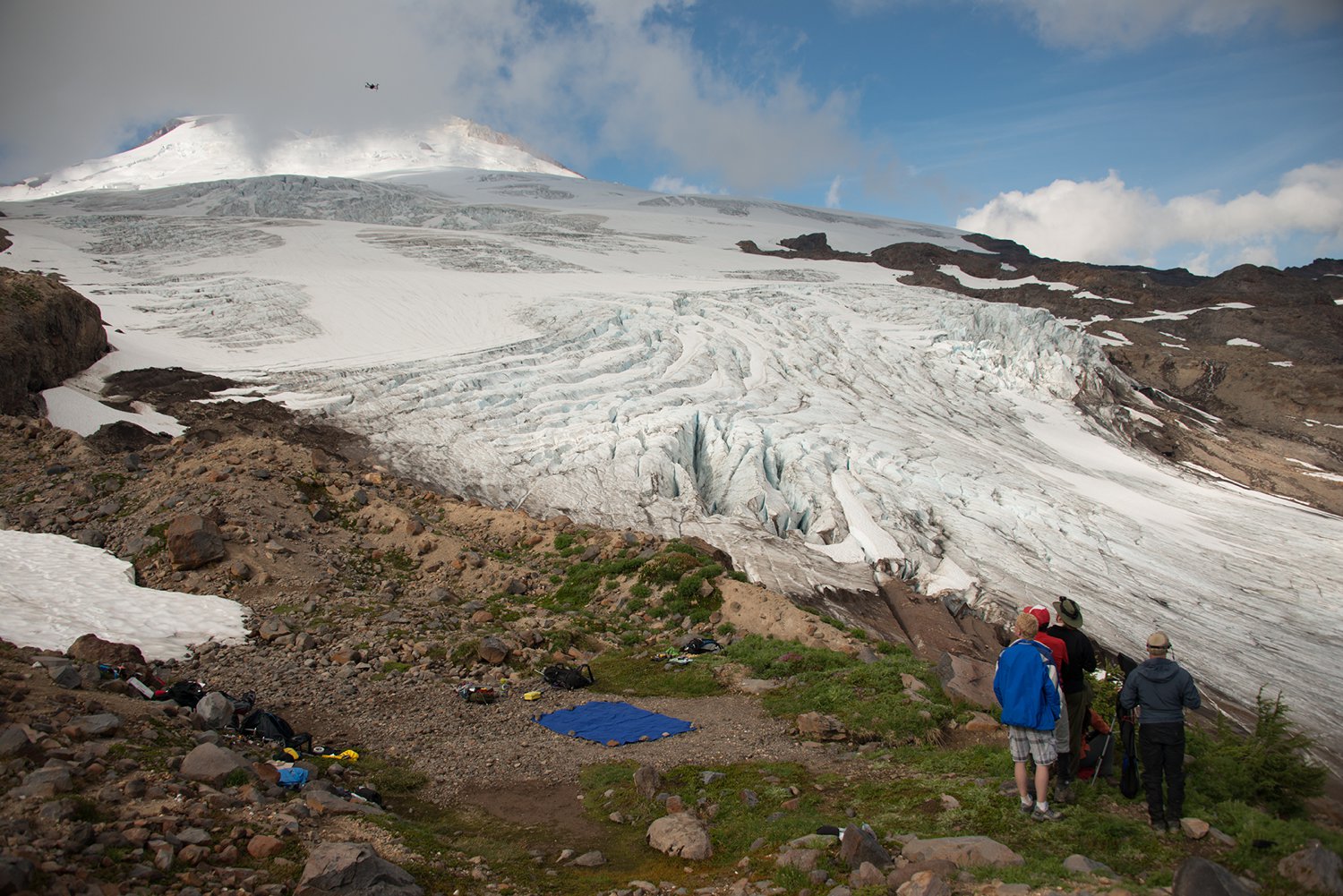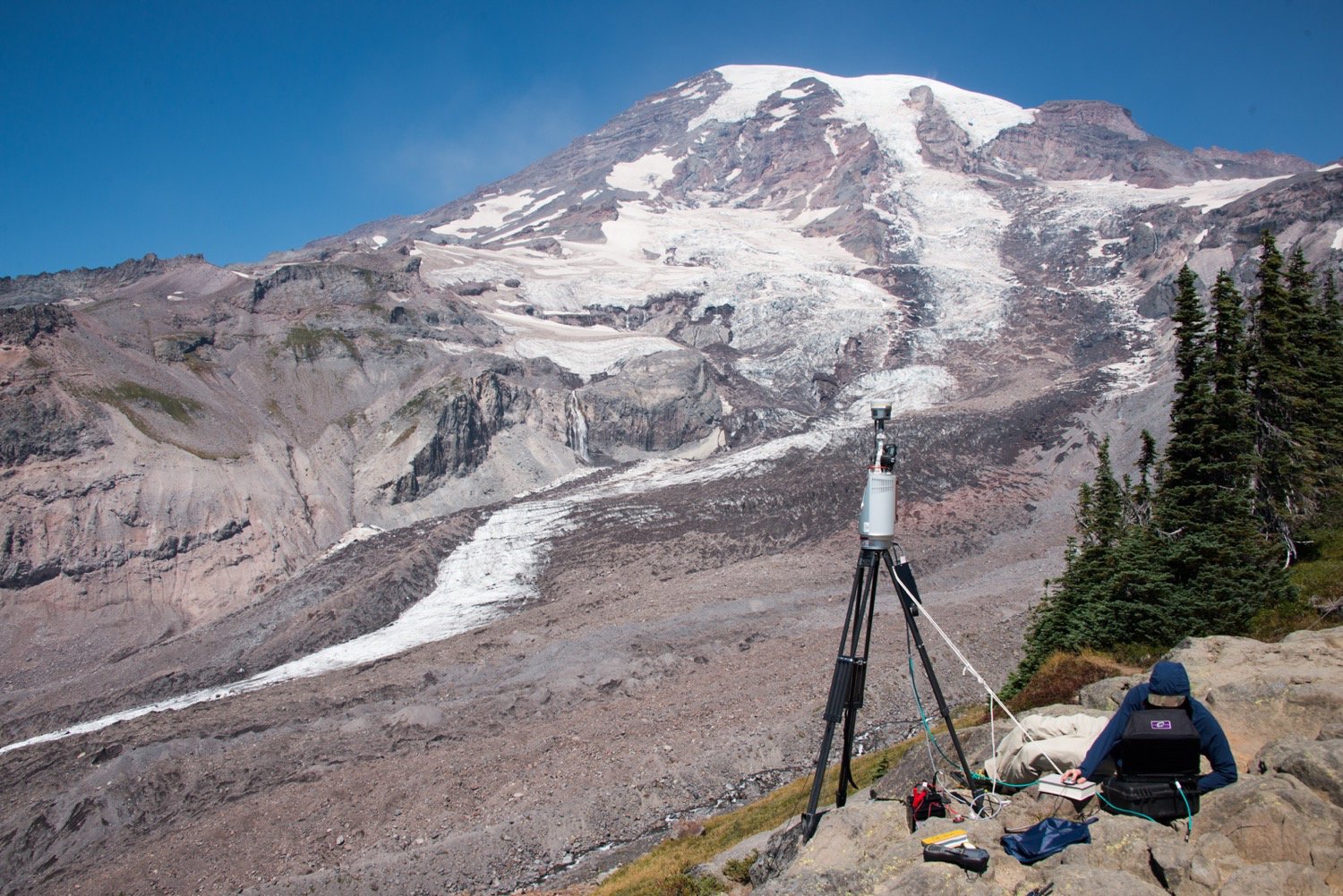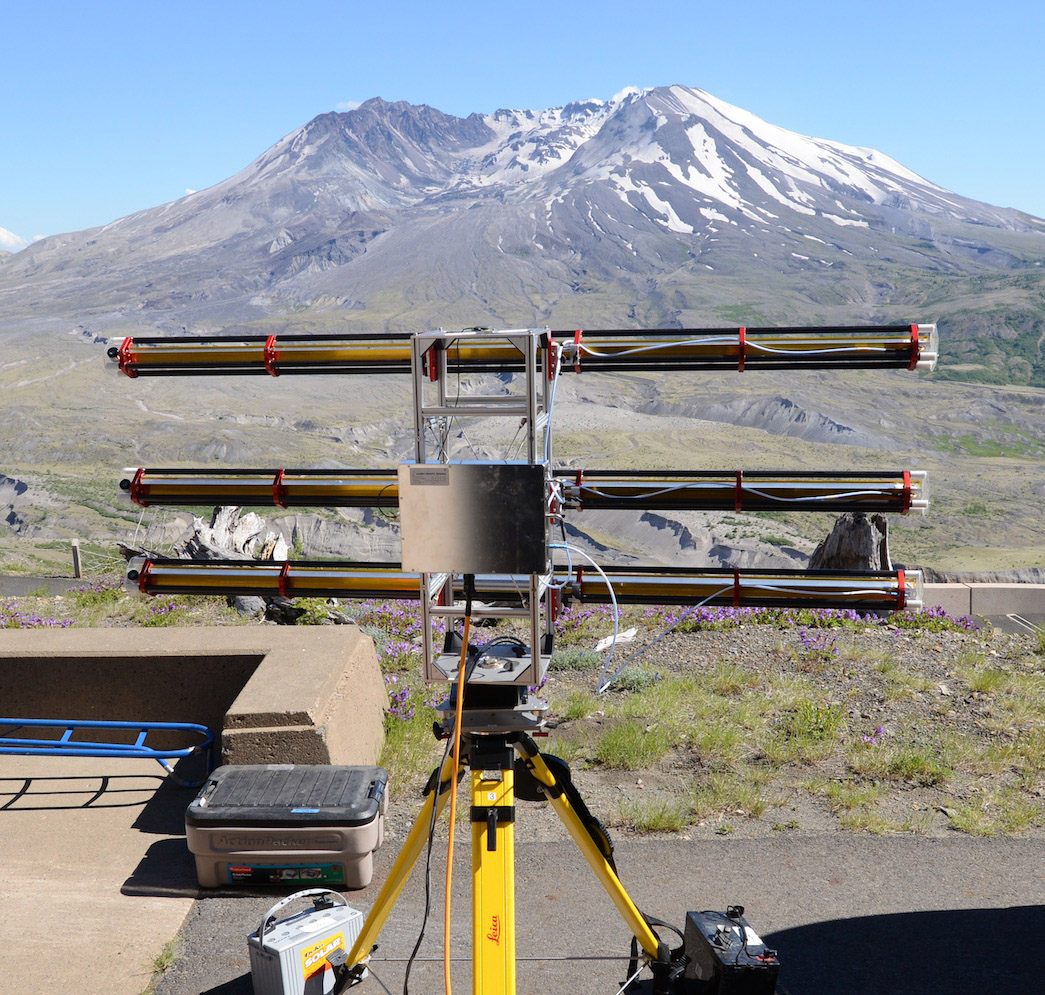Science
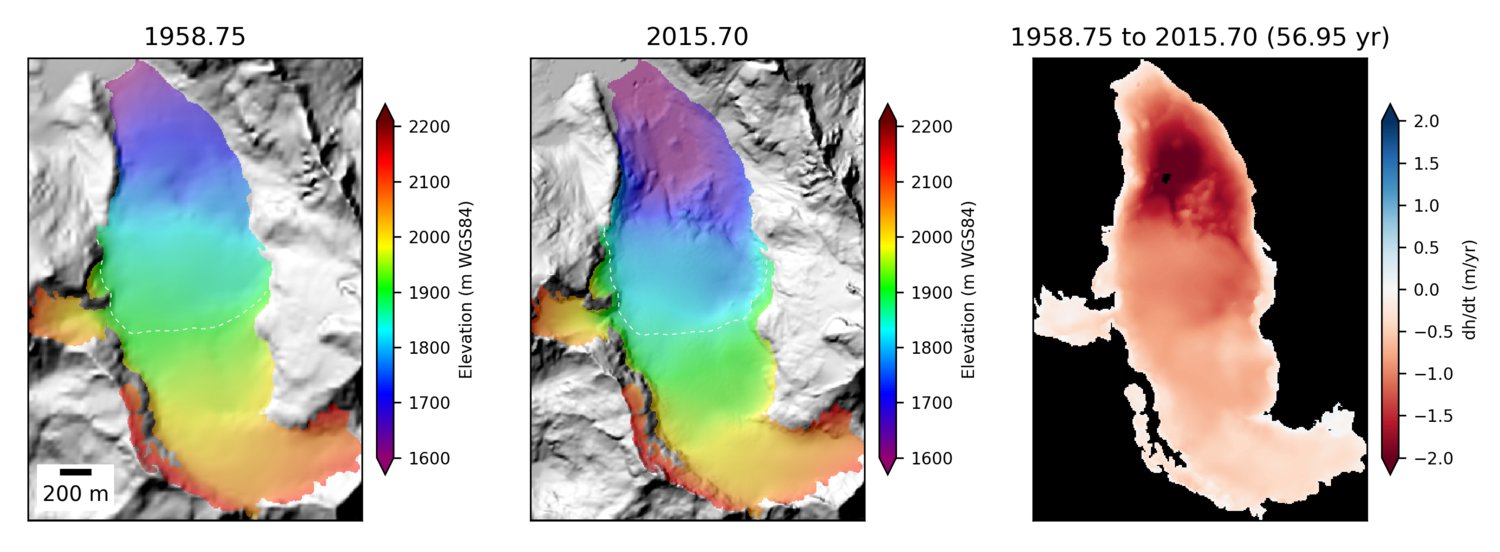
Glacier mass balance
Geodetic glacier mass balance on a regional to continental scale using high-resolution DEMs
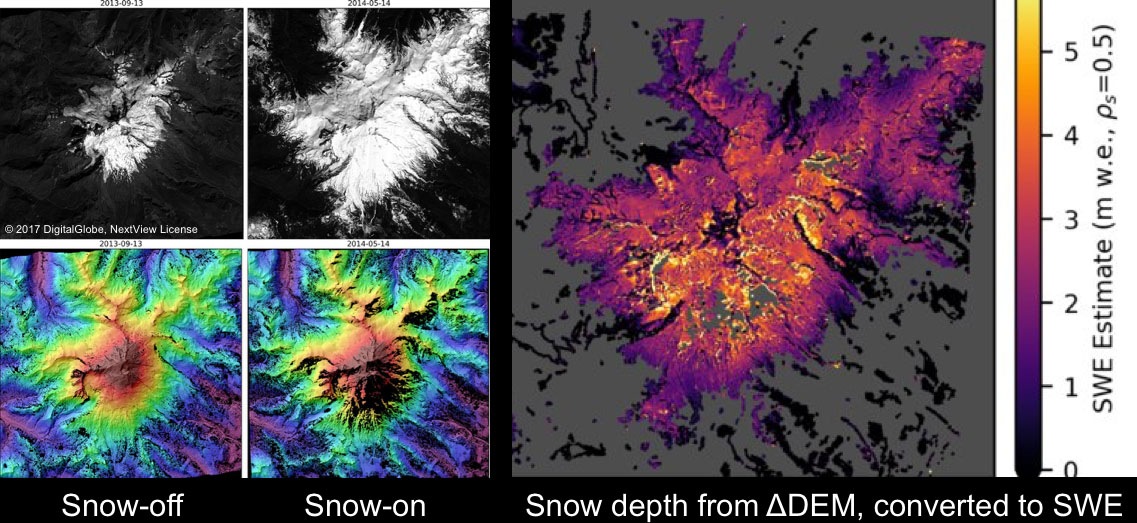
Snow depth and SWE
Geodetic estimates of snow depth and snow water equivalent on a regional scale
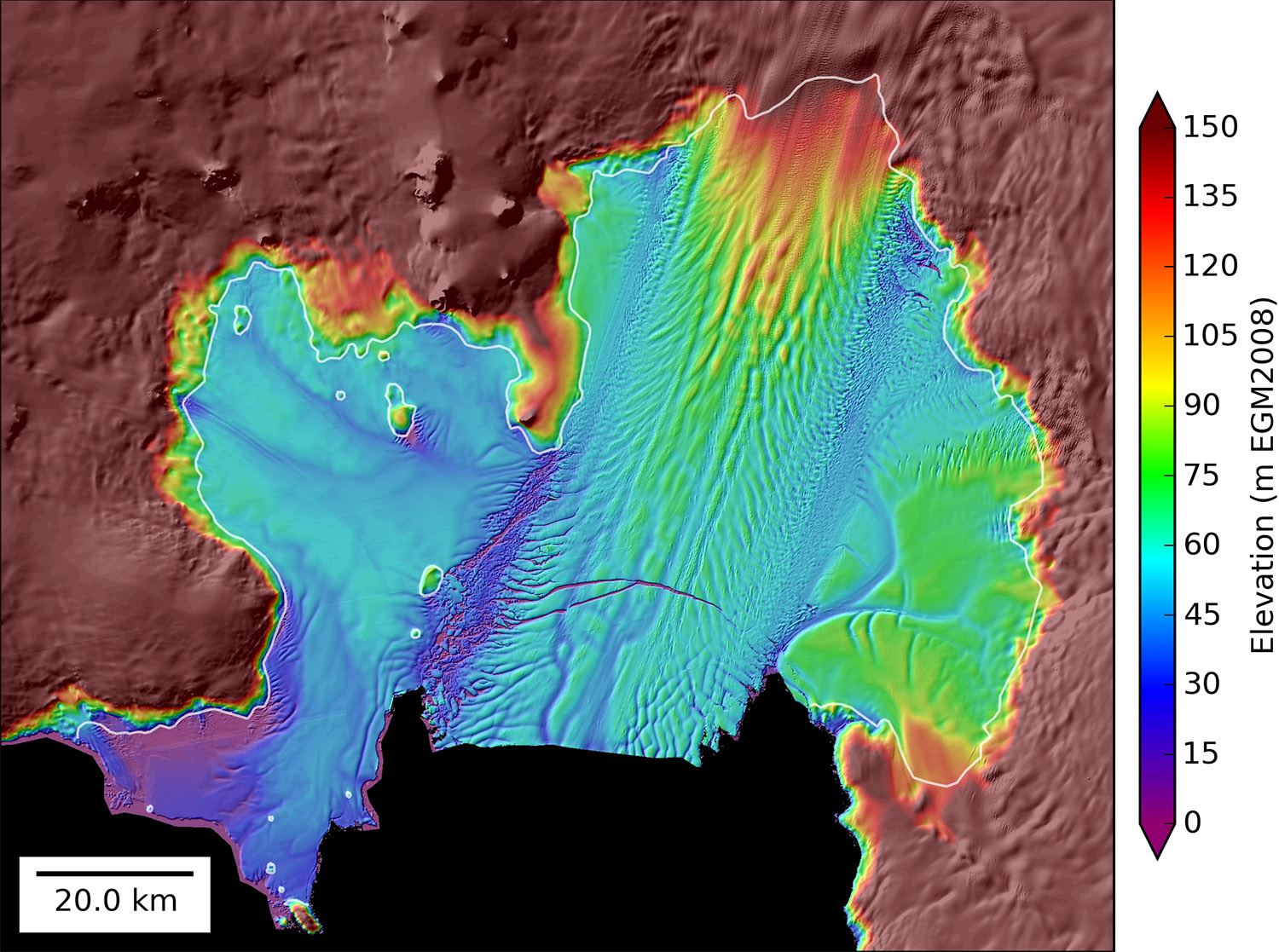
Antarctic Ice-shelf Dynamics and Ice-ocean Interaction
Understanding ice-ocean interaction and ocean-induced basal melting beneath vulnerable ice shelves
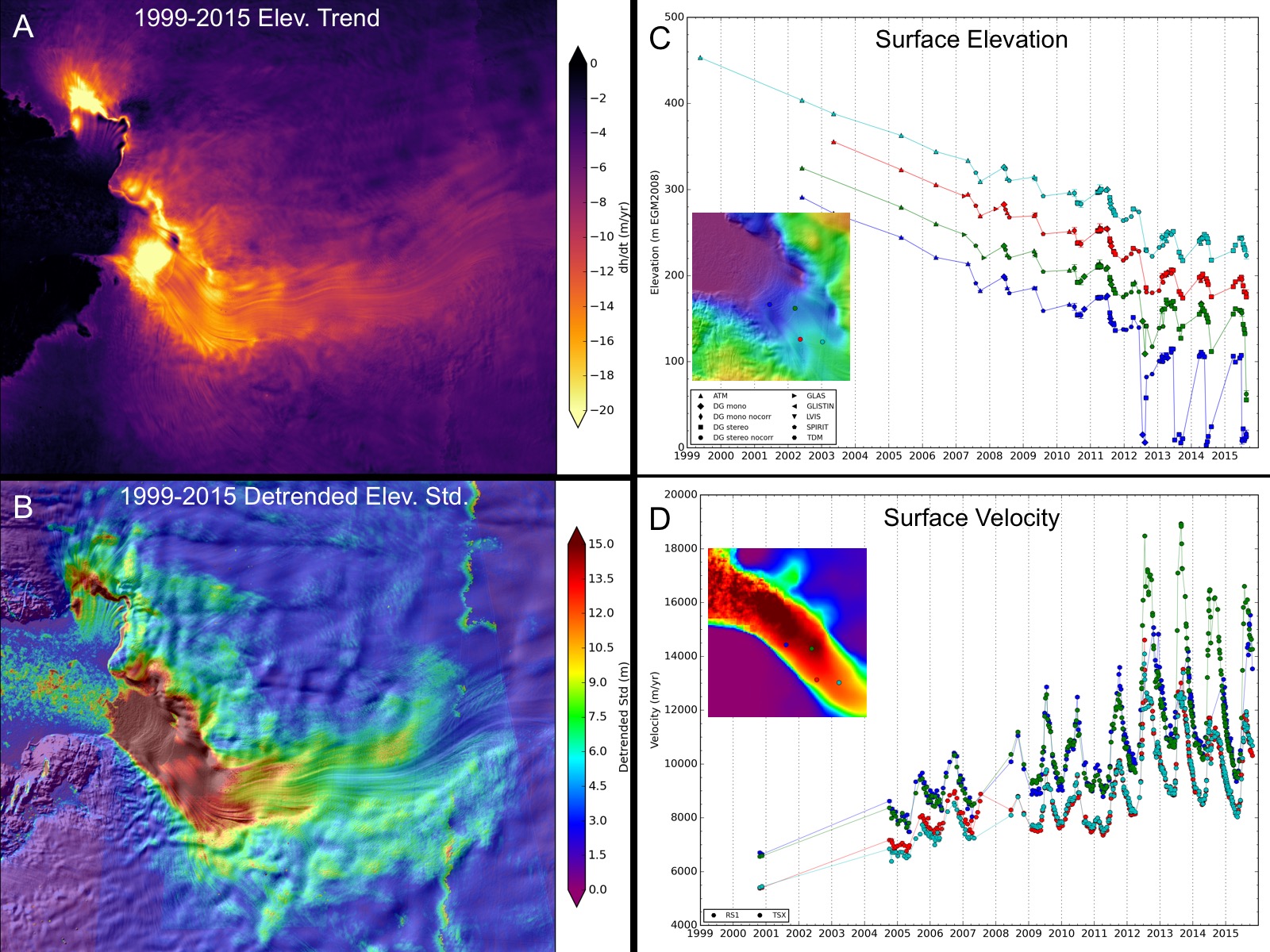
Greenland outlet glacier dynamics
Using high-resolution DEM/velocity time series to understand outlet glacier behavior

Natural Hazards
Rapid response and geodetic analysis
